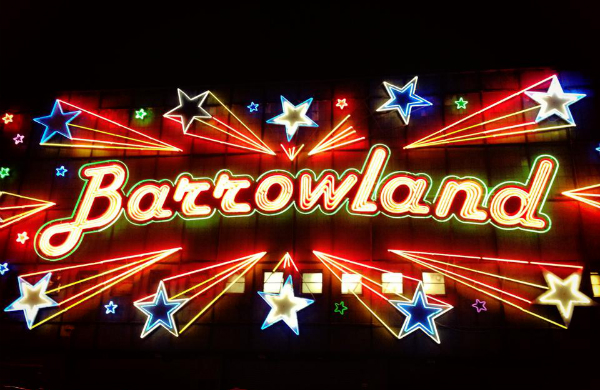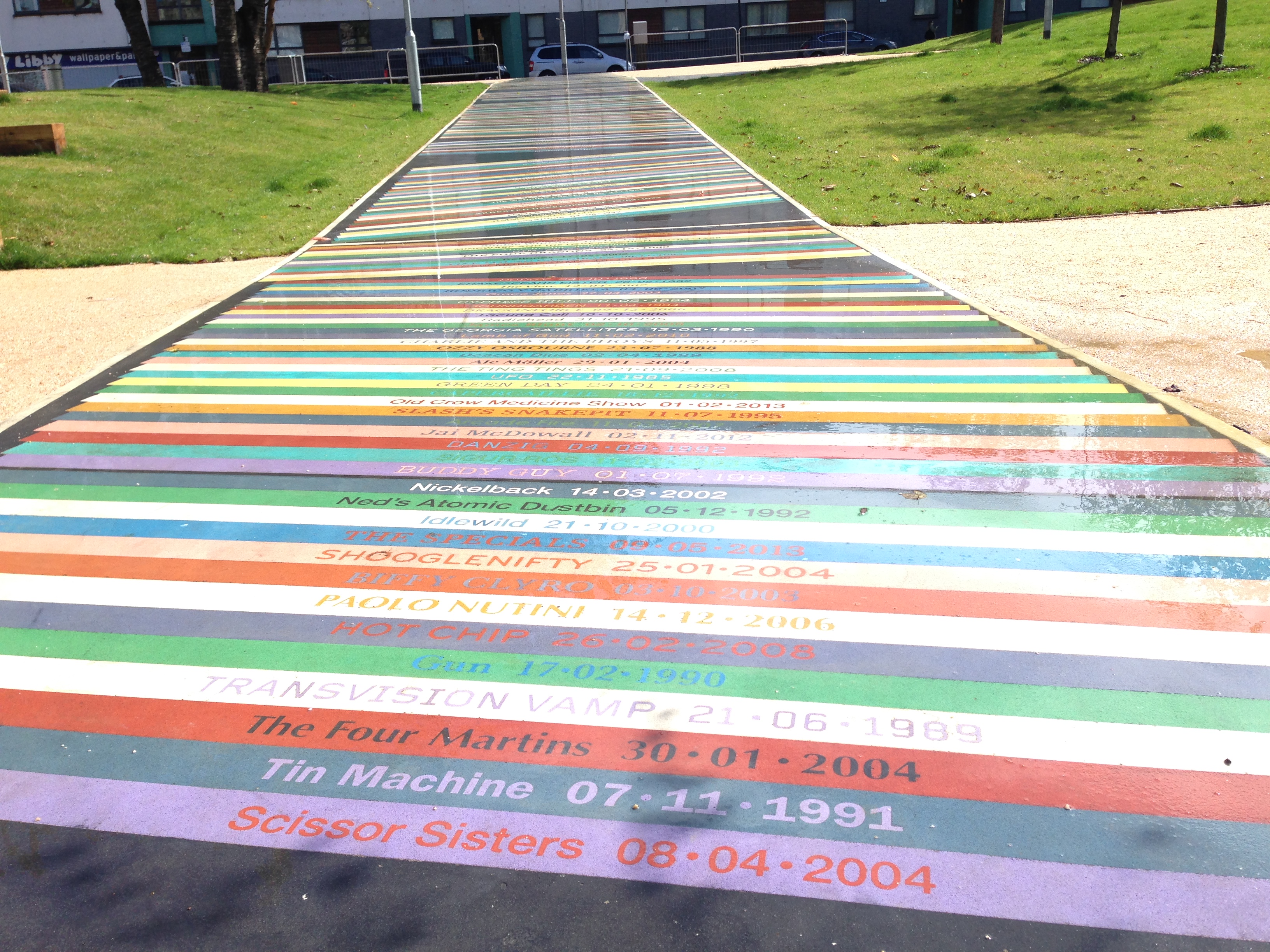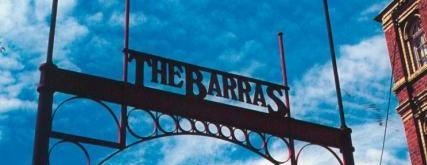
Head to the city’s Gallowgate and you’ll find yourself face to face with an impressive constellation of stars - those sparkling on the world-famous neon Barrowland Ballroom sign, those rocking the seriously bouncy ballroom stage and the Glasgow spivs and sorts selling their wares and flaring their patter at the massive outdoor market.
Founded in the interwar years, Glasgow Barrowlands was built from just one barrow selling fish and fruit. By 1934 the market had become completely enclosed (no surprise to those that have witnessed the weegie weather) and a second floor dancehall added for the traders and their partners - what was to become Glasgow’s premier ballroom.

Rumoured stalking ground for Glasgow serial killer Bible John in the 1960s, the venue was not without its problems – it played home to the Calton razor blade gangs of the time. Nevertheless the venue remained the place to be seen throughout the era, cementing its reputation as one of the world’s best small rock venues in the early 1980s when Simple Minds chose it as the location for their Waterfront music video.
Regularly cited by influential rock bands and artists as their favourite place to perform (even with a limited capacity of around 1900) Glasgow’s Barrowland Ballroom enjoys world-class acoustics, a unique geometric sprung floor (rumoured to be sprung on thousands of tennis balls cut in half to cushion dancing shoes) that allows for a fun pogo-effect as audiences mosh and bounce their way through gigs and special quirks such as the musical score of the opening line of ‘I Belong to Glasgow’ scrolled across the middle level floor.
Plaster stars are strewn across the ceiling and over the walls of the main dressing room, and are often pocketed by the visiting performers – rumour has it that David Bowie has one in the bathroom of his Paris home, and Oasis and Metallica are just two of the many bands that have described the Barrowland Ballroom as their favourite venue in the world.

The world-famous ballroom has inspired artists of all backgrounds – more recently ballet’s original ‘bad boy’ Scottish-born Michael Clark created a unique piece of dance set to the music of Scritti Politti and inspired by the ballroom floor and its history. “It’s good for the community, the local people to come and see the place be used in different ways,” said Tom Joyes who has been manager of the Barrowlands for the last thirty years. “We’ve had plays here, and even a roller disco – and most recently we hosted a couple of tea dances, where one couple introduced themselves to me – they had been married over seventy years, and met at the Ballroom in 1939.
“This is a venue that belongs to the people of Glasgow – they claim it,” he laughed.
Check out artist Jim Lambie’s Album Pathway commissioned earlier this year as part of the Glasgow 2014 Cultural Programme. Situated in the new, urban green-space near the Ballroom the artwork represents record spines from a vinyl record collection as if presented on a shelf in a collector’s home and features the name of every band that has performed at the Barrowland Ballroom in the last year twenty years – more than 2000 bands are referenced.
Visitors to the area can still enjoy ‘The Barras’ market to this day too, and witness a diverse range of the rich tapestry of Glasgow life in this, the city’s own unique version of a Parisian flea market.
Related Reads
Glasgow Museum’s Must See Treasures
Where to Watch Independent Film in Glasgow
Chart Botherers: Five of the Best Glasgow Acts
____
Find a deal for things to do in Glasgow.









